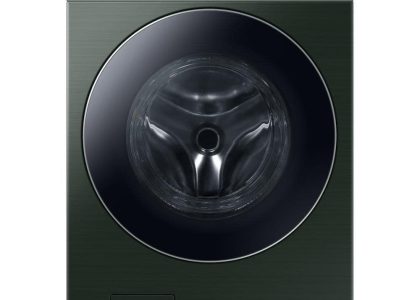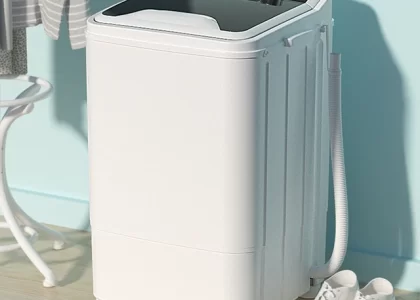 Introduction:
Introduction:
A washing machine that drains but won’t spin can be a frustrating issue to deal with during your laundry routine. When this happens, your clothes may be left soaking wet, and you may be left wondering what could be causing the problem. In this comprehensive guide, we will explore the common reasons why a washing machine drains but won’t spin and provide troubleshooting steps to help you resolve the issue. From checking the lid switch and drive belt to addressing motor or control board problems, we will delve into the various solutions that can get your washing machine spinning again. By understanding these common issues and their solutions, you can ensure efficient and effective laundry cycles.
Lid Switch Issues:
Verify the Lid Switch:
Check if the lid switch is working properly by opening and closing the lid.
If the washing machine does not respond to the lid being closed, the lid switch may be faulty and need replacement.
Test the Lid Switch:
Use a multimeter to test the lid switch for continuity.
If the lid switch does not have continuity when engaged, it is likely defective and should be replaced.
Drive Belt Problems:
Inspect the Drive Belt:
Inspect the drive belt located at the back of the washing machine.
If the belt is loose, damaged, or broken, it may be the cause of the machine not spinning.
Replace the Drive Belt:
Follow the manufacturer’s instructions to replace the drive belt, ensuring it is the correct size and properly installed.
Motor or Control Board Malfunctions:
Motor Overload:
Excessive loads can cause the motor to overload and shut down.
Reduce the load size and redistribute the laundry evenly in the drum.
Motor Capacitor:
Check the motor capacitor, located near the motor, for any signs of damage or failure.
A faulty motor capacitor can prevent the motor from running and cause spinning issues.
Control Board Issues:
Inspect the control board for any visible signs of damage, such as burnt or loose connections.
A malfunctioning control board can prevent the motor from operating correctly.
Unbalanced Load:
Adjust the Load Size:
Overloading the washing machine can cause it to become unbalanced and prevent spinning.
Reduce the load size and redistribute the laundry evenly in the drum.
Level the Machine:
Ensure the washing machine is level by adjusting the leveling feet.
Use a bubble level to check the machine’s balance and stability.
Blocked Drain Pump or Filter:
Check the Drain Pump and Filter:
Inspect the drain pump and filter for any clogs or obstructions.
Remove any debris or blockages that may prevent proper drainage and spinning.
Clean the Drain Pump and Filter:
Clean the drain pump and filter thoroughly, removing any accumulated lint, coins, or other debris.
Regular maintenance of the pump and filter helps prevent blockages and promotes optimal machine performance.
Preventive Maintenance Tips:
Regular Cleaning:
Clean the washing machine drum and detergent dispenser regularly to prevent build-up and issues with spinning.
Use a rag or sponge to wipe down the surfaces and remove any residue or debris.
Follow the Manufacturer’s Instructions:
Refer to the manufacturer’s manual for specific maintenance guidelines and recommendations.
Follow the instructions for cleaning and maintaining your particular washing machine model.
Use the Correct Detergent and Amount:
Avoid using excessive detergent, as it can cause excessive suds and affect machine performance.
Use the recommended amount of detergent based on the load size and type of laundry.
Seeking Professional Help:
If troubleshooting steps do not resolve the issue, or if you are uncomfortable performing DIY repairs, contact a qualified appliance repair technician.
Professional expertise can help diagnose and resolve more complex motor or control board problems.
 Conclusion:
Conclusion:
Encountering a washing machine that drains but won’t spin can be frustrating, but by troubleshooting common issues, you can restore its functionality. From checking the lid switch and drive belt to addressing motor or control board problems, understanding the potential causes can help you resolve the situation. Regular maintenance and following the manufacturer’s instructions for cleaning and care are essential to prevent issues from occurring in the first place. Should troubleshooting steps not resolve the problem, contacting a professional technician is recommended. By taking these steps, you can ensure an efficiently spinning washing machine that meets your laundry needs.




